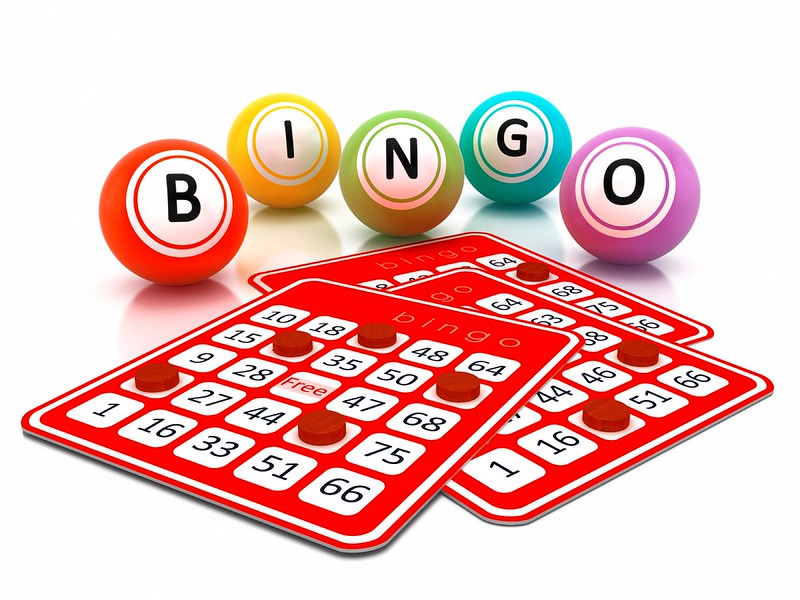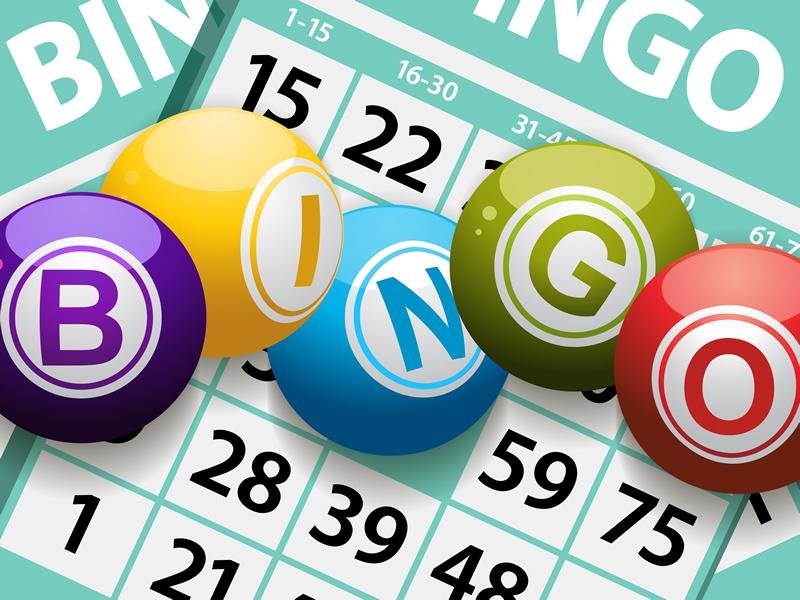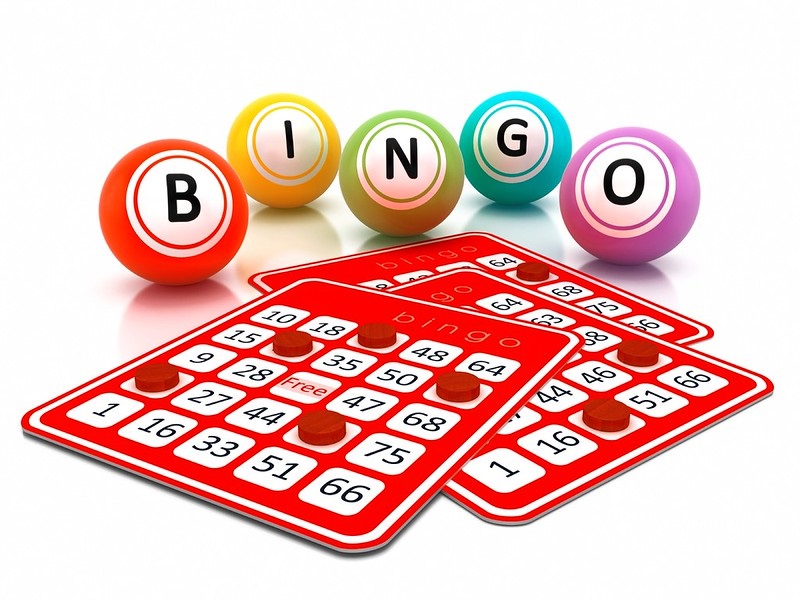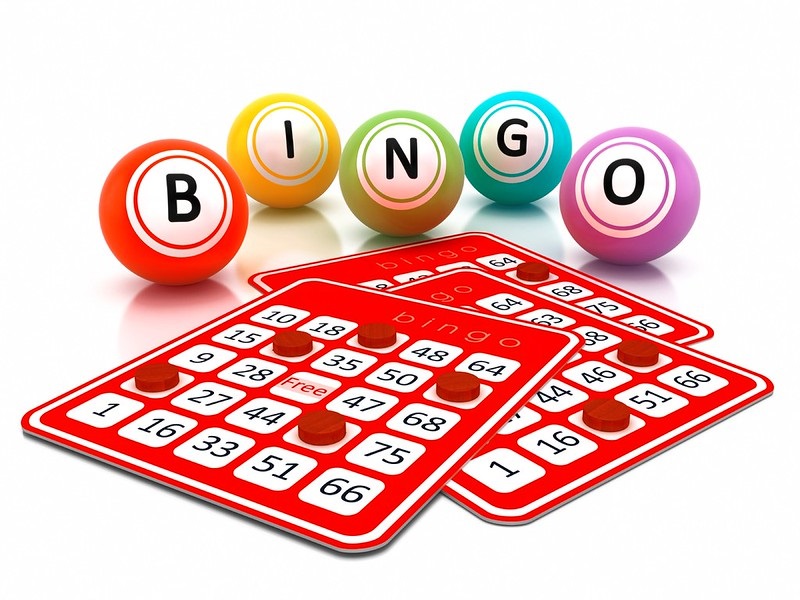Bingo is a popular game played across the world that combines luck and strategy. The game has been around for centuries and is enjoyed by people of all ages. It is a simple game that is easy to learn, but also offers a level of complexity that can keep players engaged for hours. In this article, we will explore the history of bingo, how the game is played, and the reasons why it has remained so popular over the years.
History of Bingo:
Bingo can trace its roots back to the 16th century in Italy, where it was originally known as “Il Gioco del Lotto d’Italia.” The game was then played using a card divided into three horizontal and nine vertical rows, with each row containing five numbers and four blank spaces. The game quickly became popular across Europe, and by the 18th century, it had made its way to France, where it was played by the aristocracy.
The modern version of bingo was created in the United States in the early 20th century. It was initially called “Beano,” and players used beans to mark their cards as numbers were called out. The game became so popular that a New York toy salesman named Edwin S. Lowe decided to bring it to a wider audience. In 1929, Lowe hired a mathematician named Carl Leffler to create 6,000 different bingo cards with non-repeating number combinations. Leffler’s work paved the way for the mass production of bingo cards, and the game soon became a sensation.

How to Play Bingo:
Bingo is played with a card containing numbers arranged in columns and rows. A caller draws numbered balls at random from a bag or mechanical device, and players mark off the corresponding numbers on their cards.
The game can be played with different variations, including blackout, where players must mark off all the numbers on their cards, and pattern bingo, where players must mark off the numbers to form a specific pattern.
Reasons for Bingo’s Popularity:
One reason for bingo’s popularity is its accessibility. The game can be played by people of all ages and skill levels, making it a perfect choice for family gatherings or community events. The game is also easy to learn, and new players can quickly catch on and start playing.
Another reason for bingo’s popularity is the social aspect of the game. Bingo halls and community centers often host regular games, providing a fun and lively atmosphere for players to gather and socialize. Players can chat and interact with one another during the game, creating a sense of camaraderie and community.

Finally, bingo offers the potential for big prizes and jackpots, adding an element of excitement and anticipation to the game. Many bingo halls and online bingo sites offer cash prizes and other rewards to winners, making it an attractive choice for players who enjoy the thrill of competition.
In conclusion, bingo is a fun and engaging game that has been enjoyed for centuries. Its accessibility, social aspect, and potential for big prizes have helped it remain popular over the years, and it shows no signs of losing its appeal anytime soon. Whether played in a community hall or online, bingo is a game that is sure to provide hours of entertainment and enjoyment.











